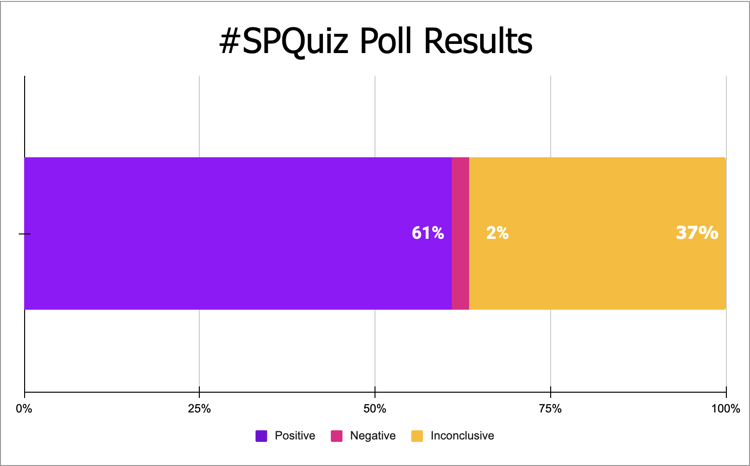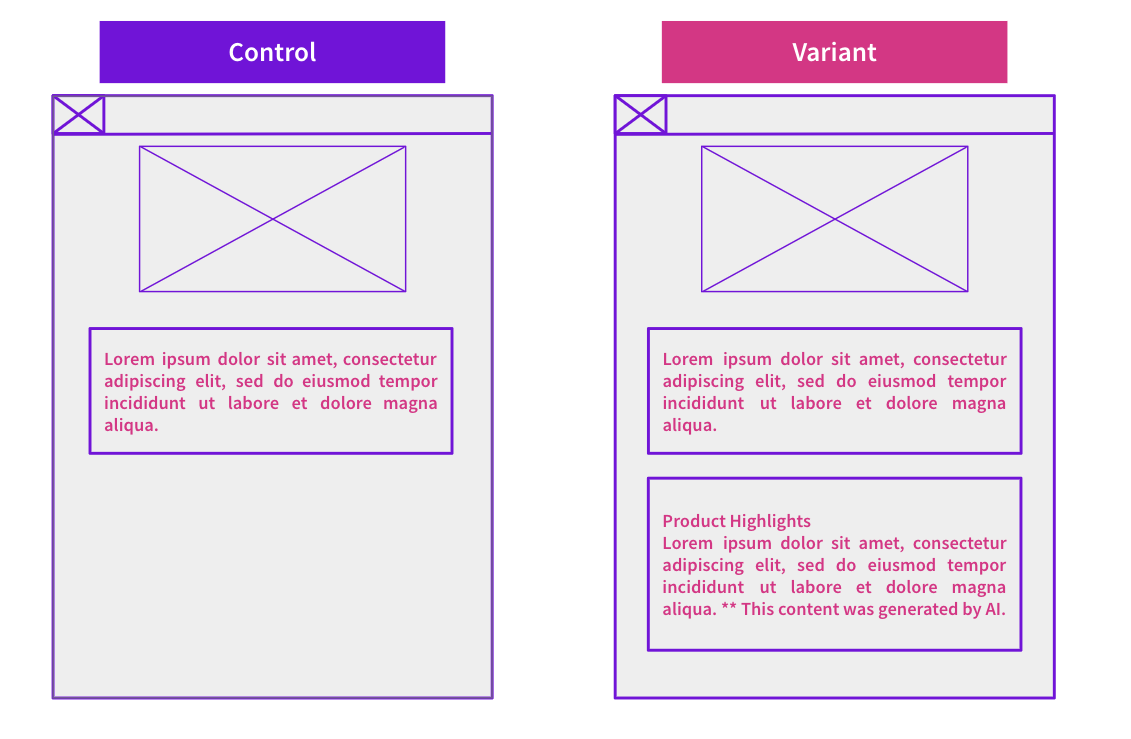Start here: how our SEO split tests work
If you aren't familiar with the fundamentals of how we run controlled SEO experiments that form the basis of all our case studies, then you might find it useful to start by reading the explanation at the end of this article before digesting the details of the case study below. If you'd like to get a new case study by email every two weeks, just enter your email address here.
In this week’s #SPQuiz, we asked our followers what they thought would happen when we move the "Specifications" table of a page into a standalone section, and gave the heading an H2. When looking at the votes on X and LinkedIn, most of our followers on thought that this change would have a positive impact on organic traffic. Read the case study below below to see if they were correct.
Poll Results:
The Case Study
We know that Google prioritises different parts of the page differently, and where content is placed and how it is displayed can play a role in this. We have tested several ideas relevant to page layout in the past, such as this test where we swap certain elements on a page, or to a lesser extent this FAQ test.
What was changed
A SearchPilot customer in the retail industry decided to launch a related test, by moving the “Specifications” table of their product, which was originally under the “Details” section, into its own section, with its own H2. No updates were made to the actual contents of the table.
The hypothesis behind this change is that by making the ”Specifications” tag an H2 and creating a standalone section for the specifications table would highlight the importance of the content to Google, which could lead to higher rankings and improved organic sessions.
Results
This test resulted in +5.5% uplift in organic traffic when looking at the 90% confidence interval (darker shaded region). As mentioned in the hypothesis, we believe this is because wrapping “Specifications” in an H2 tag and having the table as a standalone section highlighted the importance of the content to Google, and in turn led to an improvement in rankings and organic sessions.
Highlighting key information using header tags and making them more visible can give Google more understanding of the hierarchy of information on the page, and by making the specifications table more prominent, we can also allow important information to be more accessible to the user.
Though this result was not statistically significant at the 95% confidence level, our customer decided to implement the changes in full. When looking at lower confidence levels, it is useful to look back at our internal framework on whether to implement a change or not. In this specific case, we showed that the test has a higher likelihood of being a winner, and is an easy change to execute, so the decision was made to implement the change.
How our SEO split tests work
The most important thing to know is that our case studies are based on controlled experiments with control and variant pages:
- By detecting changes in performance of the variant pages compared to the control, we know that the measured effect was not caused by seasonality, sitewide changes, Google algorithm updates, competitor changes, or any other external impact.
- The statistical analysis compares the actual outcome to a forecast, and comes with a confidence interval so we know how certain we are the effect is real.
- We measure the impact on organic traffic in order to capture changes to rankings and/or changes to clickthrough rate (more here).
Read more about how SEO testing works or get a demo of the SearchPilot platform.



